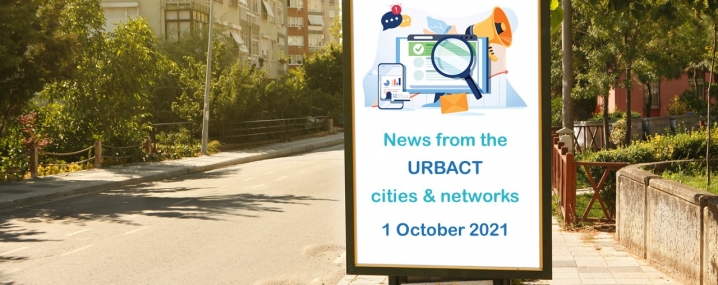Bilbao
In recent years, this city, the business, social and cultural centre of the Basque Country, has been immersed in an unprecedented process of transformation and modernisation, which has converted it into a focus point of international interest. The image of Bilbao known only for its industry, its shipyards and steel mills has been left behind. Following the celebration of the seven hundredth anniversary of the city receiving its founding charter, it burst into the new century with the presentation card of culture and infrastructures that place it among the most advanced of European cities as regards services and standards of living.
The transformation of the city has been a task that requires perseverance, in which both citizens and institutions have been completely involved. Different projects, in the hands of prestigious architects, are changing the face of the city, turning it into one of the leading centres for trade, tourism and culture in Europe.
In recent years, this city, business, social and cultural centre of the Basque Country, has been immersed in a process of transformation and modernisation without precedent, which has transformed it into a significant focal point of international interest. The image that Bilbao had of its industry, its shipyards and its steel mills has been left behind. After the 700th anniversary celebrations of Bilbao’s founding, it has started the new century with a reputation for culture and infrastructures, which make it one of the most advanced cities in Europe in terms of its services and standard of living.
The transformation of city has been a task that has meant perseverance, and in which both the citizens and institutions have been involved. Diverse projects in the hands of prestigious architects have changed the face of the city, transforming it into one of the leading commercial, tourism and cultural centres in Europe. Prominent among these are: the metro, the Euskalduna Palace, the port expansion, the new airport terminal, the riverfront regeneration and, without doubt, what caused Bilbao to burst onto the international scene and opened the city to the world - the opening of the Guggenheim Museum in 1997.
SOME RELATED NETWORKS
In Focus
AS TRANSFER
News
News from our cities and networks – 30 July 2021
Article
UIA Transfer Mechanism: five pilot projects ready to take off!
News
'Cities in Action-Stories of Change’ publication just released!
Article
URBACT City Festival 2018 Breakout session: Exploring the role of culture & creativity
News







